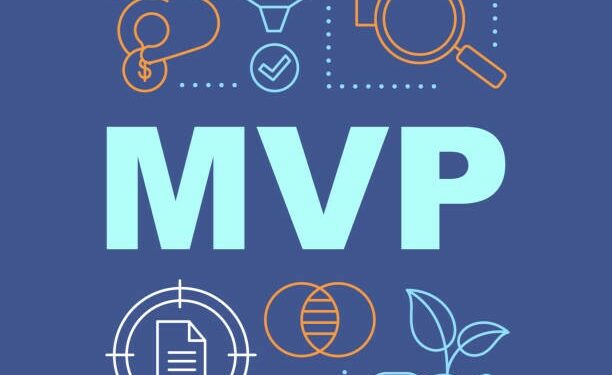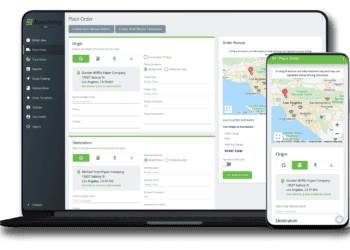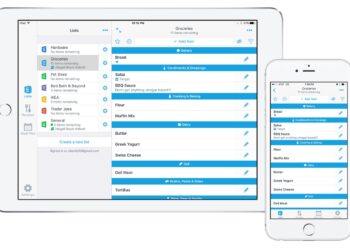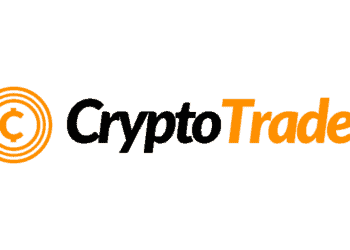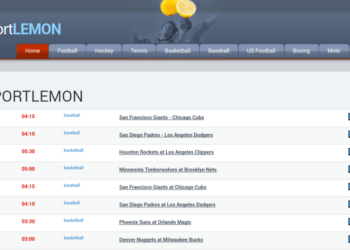Due to the world’s uncertain and unfavorable economic conditions, every startup or company wants to show its best possible product to its investors and consumers.
The best possible product can be created by following a simple yet innovative method, Agile Methodology.
The core of the agile methodology is the ability to quickly and iteratively develop a minimum viable product (MVP).
An MVP is a product with just enough features to be viable for release, allowing the software development team to gather valuable feedback from users and develop the product based on that feedback. It’s recommended to hire dedicated software development team to get a product to market quickly and collect valuable data and feedback from real users
MVPs are simplified versions of software applications that have only essential functionalities. For example, a project management tool might have an MVP that includes only basic task and management features.
MVP + Agile
Agile and MVP methodologies work well together because they focus on quick development cycles and continuous improvement. However, to effectively combine these approaches, it is important to plan for product market fit carefully.
Once the initial development cycle is complete, the following steps can be taken:
- Testing: It is essential to test the app before releasing it to the public. Beta testing allows a limited number of users to try out the app and provide feedback. Using websites such as usertesting.com to beta test your MVP can be very effective in determining if it works.
- Community engagement: Engaging with early adopters of the app can provide valuable customer insights that can help reduce the development cost. Responding to feedback and implementing requested features or fixes is important to show customers that their input is valued.
- Continual updates: Regular updates can help to improve user retention and address security risks. Incremental, insightful improvements based on customer feedback can lead to a robust and valuable app.
How to do MVP Development
Developing an MVP is a continuous process in which you have to innovate continuously as per the market conditions and demands of the consumers.
- Define the problem you are solving and the target market for your product. This will help you identify the core features that are most important to your customers and determine which ones can be left out of the MVP.
- Identify the minimum features needed to solve the problem and satisfy your target market. This will be the foundation of your MVP software development.
- Build a prototype of your MVP. This can be as simple as a wireframe or a mock-up of your product.
- Test your MVP with a small group of potential customers. This will help you gather valuable feedback and identify any issues or areas for improvement.
- Analyze the feedback you received and make any necessary changes to your MVP.
- Launch your MVP and start gathering data on how it is being used. This will help you identify any additional features that may be needed to meet the needs of your target market.
- Iterate your MVP based on the feedback and data you receive. This may involve adding new features, removing unnecessary ones, or making other improvements to your product.
Many successful businesses and companies have used an MVP approach to test their product’s viability and success probability.
- Airbnb
The founders of Airbnb started by creating a simple website that allowed people to list their homes or apartments as vacation rentals. Then, they tested this MVP by attending events and posting flyers to find their first customers. Today, Airbnb is a multi-billion dollar company.
- Dropbox
Dropbox’s founders designed a simple MVP that enabled users to drag and drop files into folders and access them from anywhere. They used this MVP to gather feedback and improve their product, eventually building it into the popular cloud storage platform it is today.
- Zappos
The online shoe retailer started as an MVP called ShoeSite, which allowed users to purchase shoes from a single manufacturer. Using an MVP, the founders of Zappos gathered feedback and expanded their product offerings to include multiple brands and a wide range of shoe types.
Odeo, a side project, was the beginning of Twitter and allowed users to search and listen to podcasts. However, when the project struggled to gain traction, the founders pivoted to a new MVP called Twitter, which allowed users to send short messages to each other. This MVP eventually became the successful platform it is today.
What are the Benefits of MVP?
- Validate assumptions: An MVP allows a company to test its assumptions about the product, target market, and customer needs before investing too much time and resources into the product.
- Gather feedback: It helps gather valuable feedback from early customers, which can improve the final product.
- Save time and money: An MVP allows a company to get a product to market faster and with less investment, as it only includes the minimum set of features necessary for the product to be viable.
- Test market demand: It can be used to test market demand for a product before committing to a full-scale launch.
- Improve the final product: The feedback gathered from an MVP can be used to improve the final product, ensuring that it meets the target audience’s needs.
- Build a customer base: The MVP can be a great way for a company to build a customer base since early adopters are often willing to try new products and provide valuable feedback.
Common Mistakes to Avoid
Just creating an MVP does not guarantee the path to success. However, MVP is the starting point that can provide insights to take your business idea and prospects to the next level.
- Postponing the launch of the MVP with basic features can delay the entire process.
- Focusing too much on the user experience at the expense of the core features and solutions.
- Including unnecessary features can dilute the purpose of the MVP.
- Targeting a too-broad audience can make it challenging to gather valuable feedback.
- Failing to use the results of the MVP as input for future development before launching the final product.
Conclusion
Agile development acknowledges that initial assumptions about a product are often incorrect and that the product will likely need to be refined and adjusted multiple times before launch.
An MVP Development Company plays an important part of this process by building an MVP to test your product without investing too much time and resources.

